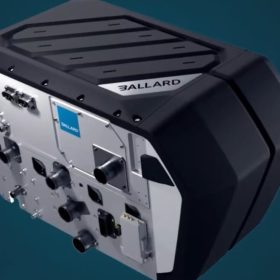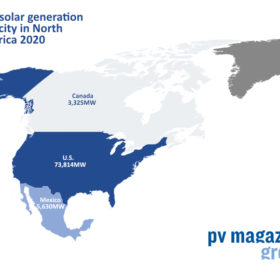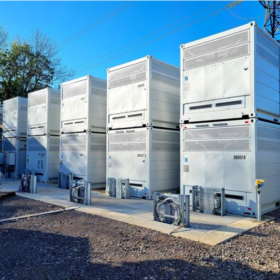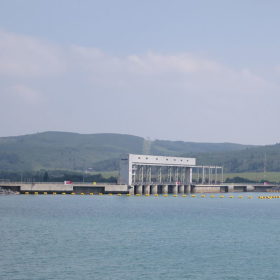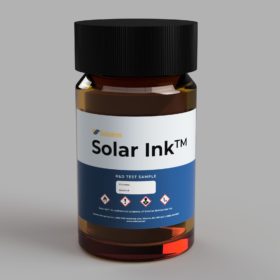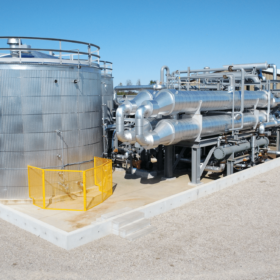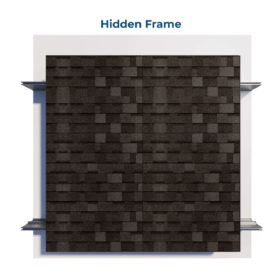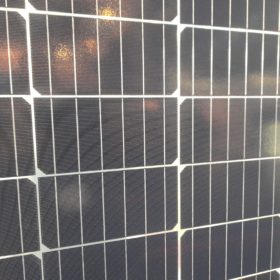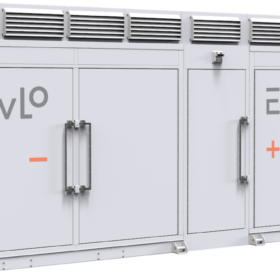Adani Group to explore hydrogen fuel cell manufacture in India
Adani and Canadian PEM fuel cell producer Ballard Power Systems will examine various co-operation opportunities including fuel cell production.
Nova Scotia blocks ‘solar tax’ proposal
Utility Nova Scotia Power wanted to impose a monthly charge on net-metered solar system owners which the Canadian Renewable Energy Association said could have doubled the payback period for household and commercial arrays.
Canada’s largest solar-powered vanadium flow battery
Canadian companies Invinity and Elemental Energy are planning to couple a 21 MW solar plant under development in Alberta with 8.4 MWh of vanadium redox flow battery storage capacity.
Canadian hydropower dam to be coupled with 180 MW of lithium-ion battery storage
TransAlta has planned to start construction on the storage facility in March 2023 and to complete it within nine months. The 180 MW battery facility is designed to be charged by the existing Ghost Hydroelectric facility when demand is lower.
Perovskite ink for flexible solar panels
Developed by a Canadian start-up, Solar Ink can be used to create standalone perovskite solar modules or it can be combined with existing solar modules in a tandem configuration. It can be coated on both flexible and rigid substrates, resulting in translucent solar cells which, in turn, can be used to produce flexible and light modules for application in solar windows and vehicle-integrated photovoltaics.
Goldman Sachs invests $250 million in Hydrostor to advance compressed air energy storage projects
The investment is planned to support development and construction of Hydrostor’s 1.1GW, 8.7GWh of Advanced Compressed Air Energy Storage projects that are well underway in California and Australia, and help expand Hydrostor’s project development pipeline globally.
Canadian BIPV maker releases 350 W shingle-mimicking modules
The panels match the look of composite shingles and come in four different shades.
Canadian Premium Sand to build solar glass factory in Manitoba
Canadian Premium Sand has revealed plans to build a solar glass manufacturing facility in the Canadian province of Manitoba.
EVLO launches 1 MWh storage system
EVLO has designed a new 1 MWh system that will make its debut by suppling power during transmission line upgrades in Canada.
Canadian BIPV module maker releases 790 W panel
Mitrex Integrated Solar Technology has developed a new solar panel with 19.5% efficiency that measures 2,036 mm x 1,992 mm x 40 mm and weighs in at 42 kg. It can operate with a system voltage of 1,000 V and has a power temperature coefficient of -0.36% per degree Celsius.
